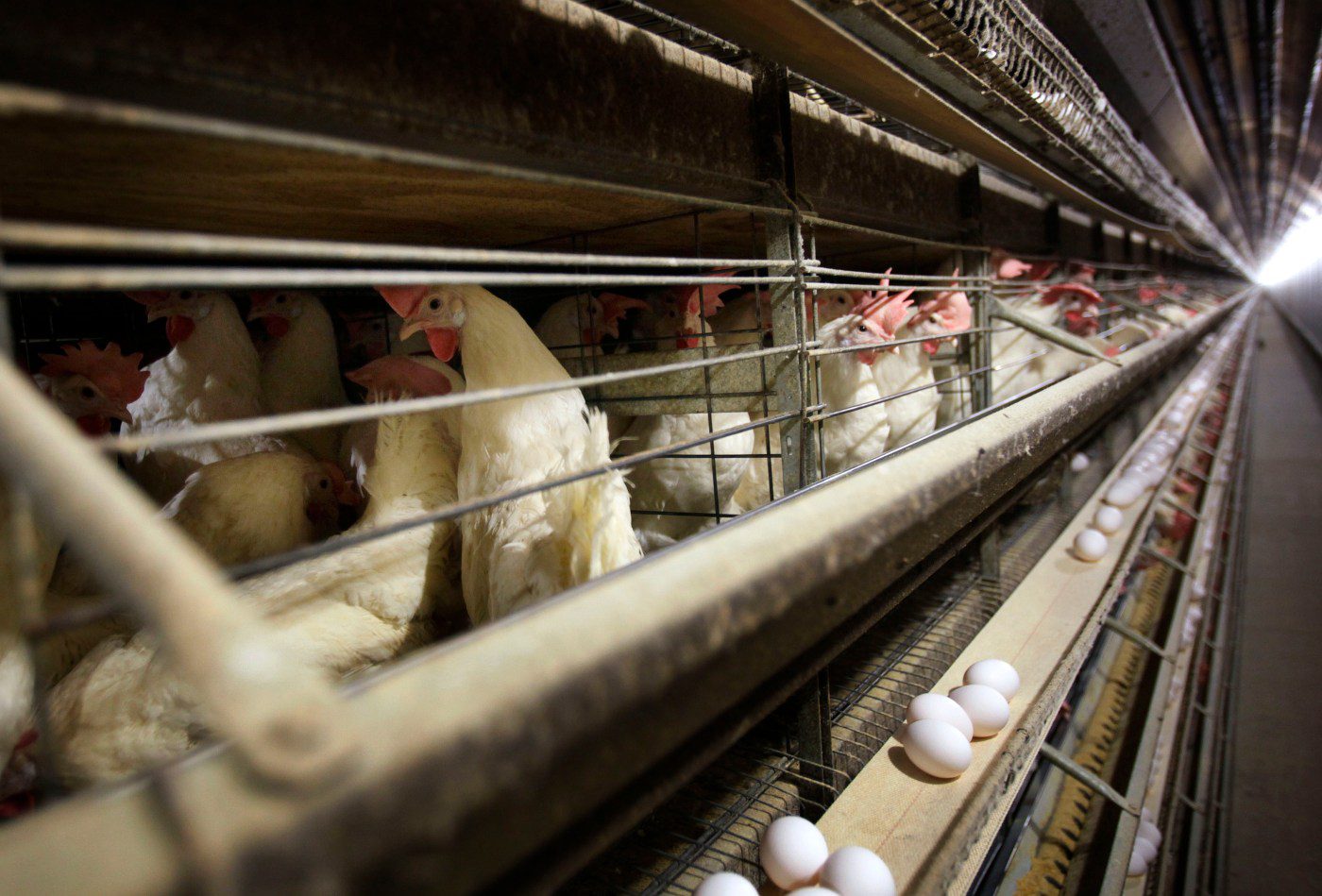Three poultry workers in northeastern Colorado tested “presumed positive” after state health officials responded to an outbreak of bird flu at a commercial egg-laying facility.
According to a news release from the Colorado Department of Public Health and Environment, the workers were culling poultry from an infected population at a farm in northeastern Colorado, and all had direct contact with the infected birds.
State officials said the workers experienced mild symptoms, including conjunctivitis — also known as “pink eye” — and “common respiratory infection symptoms,” but did not elaborate on what those respiratory symptoms were or whether antiviral treatment had been given to the workers.
None of the individuals was hospitalized, the news release stated.
The three cases have yet to be confirmed by the Centers for Disease Control and Prevention, but state officials have sent samples to the CDC for testing, officials said in a statement.
More cases could be confirmed from this outbreak — state officials said more samples have been collected from symptomatic workers, which will be tested this weekend.
“All of the people who tested presumptive positive experienced mild symptoms and were workers … at a poultry facility experiencing an outbreak of the H5N1 virus that is circulating in wild birds and has been causing multi-state outbreaks in dairy cows and poultry,” CDC officials stated. “At the state’s request, CDC is sending a team to Colorado to support their investigation, which is ongoing.”
If confirmed, Colorado would not only lead the country in the number of bird flu cases in livestock but in the number of people infected by “highly pathogenic avian influenza.”
The CDC confirmed Colorado’s first human case of bird flu for 2024 on July 3, marking the fourth case in the country so far this year. Health officials previously reported one human case in Texas and two in Michigan.
Colorado’s first human case — an adult man who had direct access to infected cattle — developed conjunctivitis after exposure to infected cows. State health officials said the man took antiviral medication and has recovered.
The first person who tested positive for highly pathogenic H5N1 avian flu in the United States was a poultry worker in western Colorado in 2022.
Normally, H5N1 circulates in wild birds, sometimes spilling over into chickens and other domesticated poultry. At some point in December or January, the virus made the leap to dairy cattle, and the current outbreak has since spread to herds in at least 12 states, including Colorado.
The risk to the public remains low, according to the CDC.
“These preliminary results again underscore the risk of exposure to infected animals,” CDC officials said.
According to the CDC, to avoid exposure to the disease, people should:
- Avoid close, long or unprotected exposures to sick or dead animals, including wild birds, poultry, other domesticated birds and other wild or domesticated animals.
- Avoid unprotected exposures to animal poop, bedding (litter), unpasteurized (“raw”) milk or materials that have been touched by, or close to, birds or other animals with suspected or confirmed bird flu.
- Monitor CDC recommendations for protective equipment, public health investigations and state outbreaks.
CDC officials said human cases of bird flu are concerning because of the potential to cause severe disease and because of their pandemic potential.
“If these viruses were to change to spread easily from person to person, it could trigger a pandemic, though, to date, we have not seen genetic changes in the virus that would make it more likely to transmit between humans,” CDC officials said in the statement.
Sign up for our weekly newsletter to get health news sent straight to your inbox.
Originally Published:




